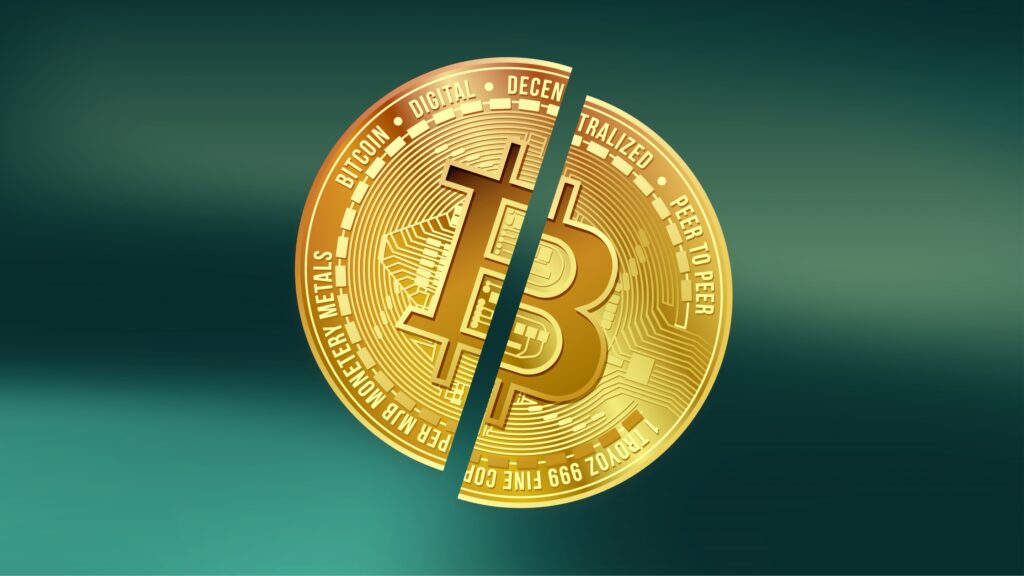Bitcoin Halving: A Definitive Guide

Bitcoin halving is a pivotal event in the lifecycle of Bitcoin, the world’s first and most prominent cryptocurrency. It is a pre-programmed adjustment to the Bitcoin protocol that occurs approximately every four years or after every 210,000 blocks mined.
Bitcoin Halving Defined
Bitcoin halving refers to the reduction in the reward given to miners for validating transactions and adding new blocks to the blockchain. Specifically, the reward for mining a new block is halved, leading to a decrease in the rate at which new Bitcoins are generated. This reduction occurs in a predictable and transparent manner, ensuring that the total supply of Bitcoin gradually approaches its predetermined limit of 21 million coins.
The Purpose of Bitcoin Halving
The primary purpose of Bitcoin halving is twofold:
- Inflation Control: By reducing the rate at which new Bitcoins are created, halving events serve to control inflation within the Bitcoin ecosystem. This deflationary model contrasts with traditional fiat currencies, where central banks have the authority to adjust monetary policy and influence inflation rates.
- Scarcity Maintenance: Bitcoin halving is designed to maintain the scarcity of Bitcoin over time, akin to digital gold. As the rate of new coin issuance decreases, the existing supply becomes increasingly limited, potentially driving up demand and influencing the price of Bitcoin.
Historical Context
Since its inception in 2009, Bitcoin has undergone several halving events. These events have historically preceded significant price rallies, leading to increased market activity and heightened investor interest. The anticipation and speculation surrounding halving events often contribute to market volatility and can have a profound impact on the broader cryptocurrency ecosystem.
Implications
Bitcoin halving has significant implications for various stakeholders within the cryptocurrency ecosystem:
- Miners: Halving events affect the profitability of Bitcoin mining operations, as miners receive fewer rewards for their efforts. This reduction in block rewards can lead to increased competition among miners and may necessitate adjustments to mining strategies and equipment.
- Investors: Halving events often lead to heightened market activity and speculation, as investors seek to capitalize on potential price movements. The scarcity-driven nature of Bitcoin halving can influence investor sentiment and contribute to long-term price appreciation.
- Network Security: Despite the decrease in block rewards, Bitcoin halving events are essential for maintaining the security and integrity of the Bitcoin network. The diminishing issuance of new coins incentivizes miners to continue validating transactions and securing the network against potential threats.
In summary, Bitcoin halving is a fundamental aspect of Bitcoin’s monetary policy, designed to control inflation and maintain scarcity over time. Understanding the mechanics and implications of Bitcoin halving is essential for navigating the dynamics of the cryptocurrency market and unlocking the full potential of Bitcoin as a decentralized digital asset.